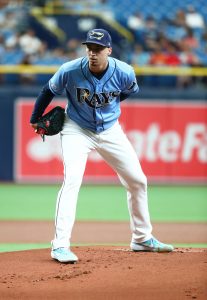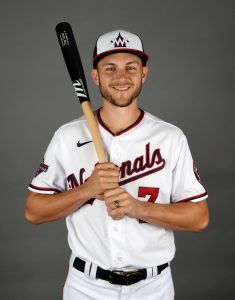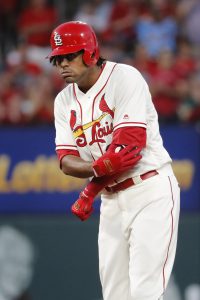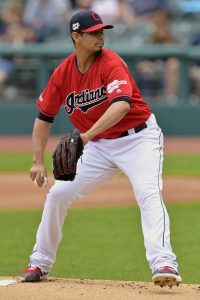In a few weeks, we’ll be running a two-team mock expansion draft here at MLBTR – just for the fun of it! Currently, we’re creating 15-player protected lists for each of the existing 30 teams. You can catch up on the rules for player eligibility here.
So far, we’ve covered the Padres, Giants, Rangers, Mariners, Athletics, Angels, Astros, Twins, Royals, Tigers, Indians, White Sox, Rays, Yankees, Red Sox, Blue Jays and Orioles. The Dodgers are up next.
First, we’ll remove free agents Mookie Betts, Justin Turner, Blake Treinen, Joc Pederson, Alex Wood, Enrique Hernandez, Pedro Baez, and Jimmy Nelson from consideration. Next, we’ll add Clayton Kershaw and Kenley Jansen to our protected list by virtue of their no-trade rights (Jansen will acquire ten-and-five rights this year). We’ll lock in Gavin Lux, Dustin May, Brusdar Graterol, and Tony Gonsolin as Baseball America Top 100 prospects with a 2020 ETA (they’ve actually all already arrived in the Majors). I’ll also lock in another six players, giving us these 12:
Clayton Kershaw
Kenley Jansen
Cody Bellinger
Walker Buehler
Max Muncy
Will Smith
Corey Seager
Julio Urias
Gavin Lux
Dustin May
Tony Gonsolin
Brusdar Graterol
That leaves three spots for the following 14 players:
Scott Alexander
Austin Barnes
Matt Beaty
Caleb Ferguson
Dylan Floro
Joe Kelly
Adam Kolarek
A.J. Pollock
David Price
Edwin Rios
Dennis Santana
Josh Sborz
Ross Stripling
Chris Taylor
With that, we turn it over to the MLBTR readership! In the poll below (direct link here), select exactly three players you think the Dodgers should protect in our upcoming mock expansion draft. Click here to view the results.




 Carrasco: The man they call “Cookie” is still on the Tribe’s roster, evolving from prospect to a stalwart member of the rotation. Beyond his contributions on the field, Carrasco has become a popular leader both in the Indians’ clubhouse and around the sport, as witnessed by the outpouring of support he received last season while battling (and ultimately returning from) a leukemia diagnosis.
Carrasco: The man they call “Cookie” is still on the Tribe’s roster, evolving from prospect to a stalwart member of the rotation. Beyond his contributions on the field, Carrasco has become a popular leader both in the Indians’ clubhouse and around the sport, as witnessed by the outpouring of support he received last season while battling (and ultimately returning from) a leukemia diagnosis.